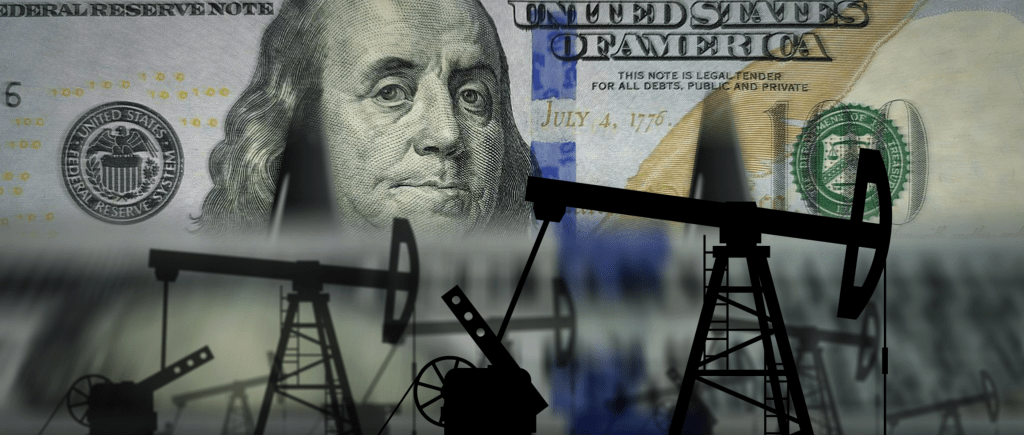Wednesday saw a modest increase in oil prices as evidence of sufficient supply, notably rising U.S. crude stocks, outweighed rising expectations for higher demand following an increase in manufacturing in the world’s biggest petroleum importer China.
Brent crude futures ended the day at $84.31 per barrel, up 86 cents or 1%. WTI crude for the United States finished at $77.69, up 64 cents or 0.8%. According to government data, US crude stockpiles increased by 1.2 million barrels last week to reach 480.2 million barrels, which is the largest level since May 2021. This outperformed expert projections of a 457,000-barrel increase. It was the tenth consecutive weekly rise.
Until this supply overhang is able to narrow amidst some decline in Cushing, US crude supply trends could further limit additional price upside. A widening discount of WTI to Brent contributed to a jump in U.S. crude exports last week to record high at 5.6 million barrels per day, which resulted in a smaller build than in previous weeks.
In other signs of plentiful supply, Russia’s oil production reached the pre-sanctions level for the first time in February, the Kommersant business daily reported. The Organization of the Petroleum Exporting Countries’ production also rose in February, a Reuters survey showed.
China’s economy is rebounding now, and this can only be a positive driver for oil prices. Russia’s second-largest oil producer Lukoil (LKOH.MM) has set up ship-to-ship (STS) loadings of Urals oil near the western port of Kaliningrad, Refinitiv Eikon data showed and trading sources told Reuters.
STS loadings of Russian Urals crude hit a record high in the Mediterranean in January as traders moved cargoes onto larger vessels to make long-haul shipments to Asia more cost-effective.
China’s factory activity grew in February at its strongest rate in more than a decade, according to an official index, raising optimism for an increase in oil consumption.
While China’s official purchasing managers’ index (PMI) for manufacturing increased from 50.1 in January to 52.6 last month, a survey of the private sector also revealed activity was increasing for the first time in seven months.
A second upward surprise in China’s PMI strengthens the case for a faster than anticipated recovery and supports an upbeat forecast for oil consumption.

 Noor Trends News, Technical Analysis, Educational Tools and Recommendations
Noor Trends News, Technical Analysis, Educational Tools and Recommendations




